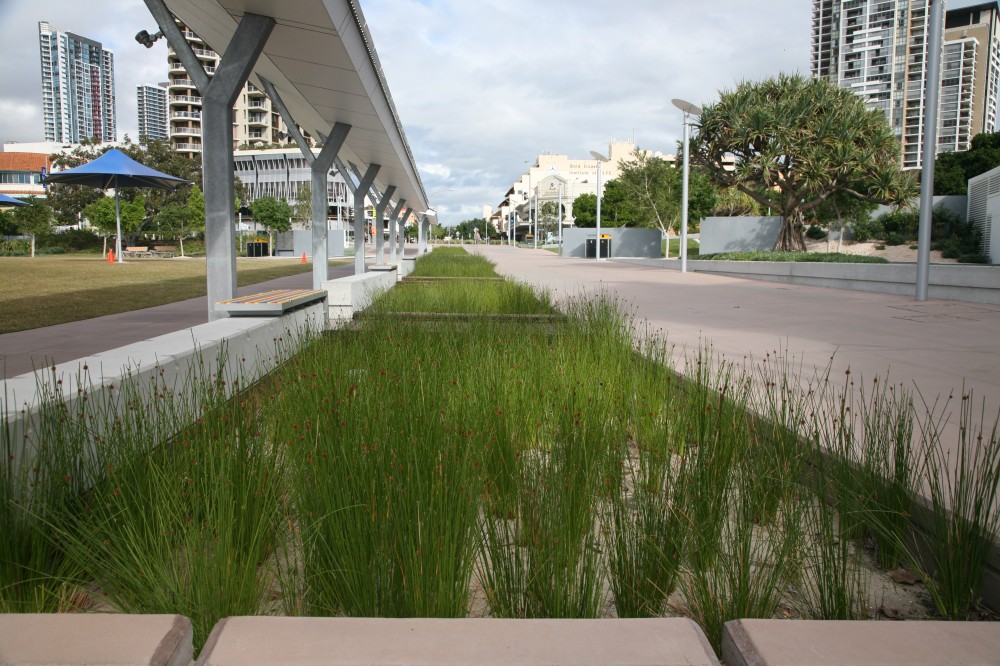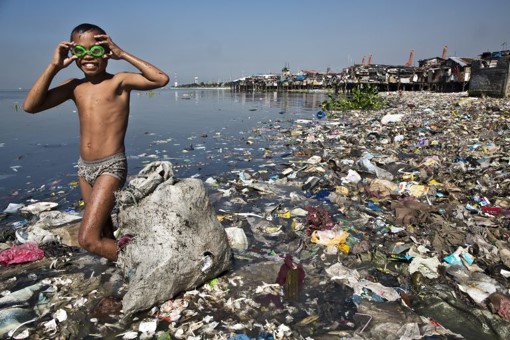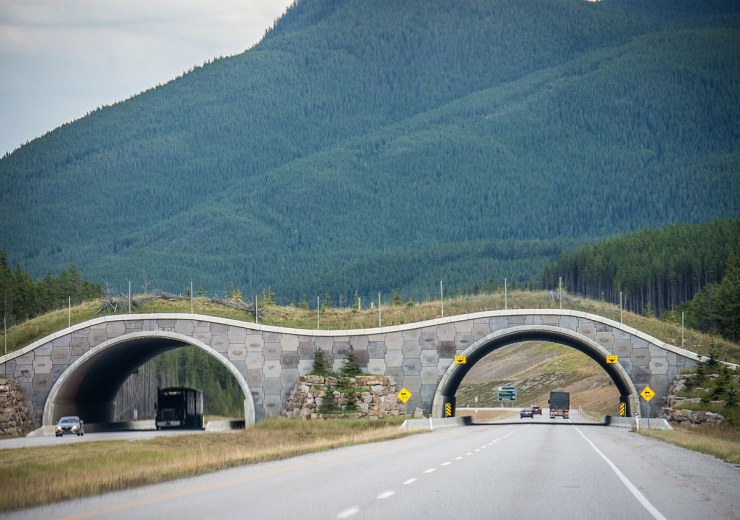Water-Sensitive Urban Design: How Storm-Water Systems Are Turning Into City Parks
Cities have always been defined by their relationship with water. From ancient civilizations along riverbanks to modern metropolises battling floods and droughts, water remains both a resource and a challenge. In the 21st century, rapid urbanization, climate change, and unsustainable infrastructure have forced planners to reconsider how cities manage rainfall. The traditional approach — channeling storm water quickly away through underground pipes — is giving way to a more nuanced, ecological, and aesthetic vision: Water-Sensitive Urban Design (WSUD).
WSUD is not merely an engineering strategy; it is a philosophy that integrates water management with urban form and public life. Instead of hiding water underground, cities are now learning to live with it, to celebrate it, and to use it to shape greener, more resilient environments. Parks, plazas, and streets are being reimagined as dynamic spaces that collect, clean, and reuse storm water while providing recreation, biodiversity, and beauty.
This essay explores how storm-water systems are transforming into city parks, analyzing the principles, technologies, and social benefits of WSUD. It also examines several international examples that show how the invisible infrastructure of drainage can become a visible asset for sustainable living.
The Shift Toward Water Sensitivity: From Gray to Green
The shift from traditional “gray” infrastructure — pipes, sewers, and concrete channels — to “green” and “blue-green” systems represents one of the most significant revolutions in urban planning in recent decades. For centuries, cities treated water as a problem to be controlled. Modernism brought impermeable surfaces, straight canals, and rapid drainage systems designed to remove storm water as efficiently as possible. While effective in preventing local flooding, these methods created a host of new issues: polluted waterways, lost ecosystems, and increased heat island effects.
Water-Sensitive Urban Design challenges this paradigm. Instead of separating built environments from natural cycles, it blends them. Streets and parks become part of a living hydrological network — capturing, filtering, storing, and reusing rainwater where it falls. The philosophy emphasizes three core principles:
-
Integration of Ecology and Infrastructure — Using plants, soil, and natural processes to manage water, improve quality, and enhance biodiversity.
-
Urban Amenity and Community Engagement — Turning infrastructure into usable, enjoyable public space.
-
Resilience and Climate Adaptation — Designing systems that handle both droughts and floods, improving cities’ capacity to respond to changing weather patterns.
The results can be astonishing: once-invisible storm-water systems now form the backbone of vibrant parks, wetlands, and green corridors that define the character of entire neighborhoods.
| Project / City | Type of WSUD Intervention | Key Function | Social / Ecological Impact |
|---|---|---|---|
| Bishan-Ang Mo Kio Park (Singapore) | River naturalization, floodplain park | Converts concrete canal into a meandering river and parkland | Reduces flood risk, improves biodiversity, offers recreation |
| Superkilen Park (Copenhagen, Denmark) | Storm-water collection integrated into urban design | Manages runoff while celebrating cultural diversity | Combines art, water management, and inclusivity |
| Qunli Stormwater Park (Harbin, China) | Constructed wetland and sponge city system | Retains and purifies storm water | Provides habitat and green space for dense urban area |
| The Bentway (Toronto, Canada) | Revitalized underpass with permeable surfaces | Collects and channels runoff for reuse | Creates cultural hub and microclimate cooling |
| Cheonggyecheon Stream (Seoul, South Korea) | Restoration of buried stream | Manages urban runoff and improves air quality | Transforms urban heat island into a linear green oasis |
This table illustrates how WSUD connects ecological function with urban experience. The transformation from “drainage channel” to “public park” is not simply aesthetic — it reflects a new moral and environmental sensibility.
Design Strategies: Turning Infrastructure Into Experience
At the heart of water-sensitive design is the idea that infrastructure can serve multiple purposes simultaneously. A storm-water system no longer has to be an isolated technical apparatus; it can be a stage for social life and ecological interaction. The following strategies demonstrate how cities are turning functional necessity into civic art.
1. Daylighting and River Restoration
Daylighting — uncovering buried rivers and streams — reconnects cities with their natural topography. Seoul’s Cheonggyecheon Stream is perhaps the most famous example. Once covered by a highway, the stream was restored in 2005, creating an 11-kilometer linear park that cools surrounding areas by up to 3°C, improves air quality, and attracts millions of visitors annually. Beyond its environmental benefits, it represents psychological healing — restoring a city’s lost relationship with its water.
2. Permeable and Porous Surfaces
Replacing impermeable asphalt with permeable pavements allows water to seep naturally into the soil, reducing runoff and filtering pollutants. In Copenhagen, “climate-resilient” streets use this method to transform flood-prone areas into absorbent landscapes. Instead of large storm drains, rain is captured and infiltrated through subtle slopes, rain gardens, and tree pits integrated into sidewalks.
3. Constructed Wetlands and Biofilters
Engineered wetlands are both functional and beautiful. Plants such as reeds, sedges, and cattails act as natural filters, removing heavy metals and sediments from runoff. In Singapore’s Bishan-Ang Mo Kio Park, the once-concrete Kallang River was replaced with a 3-kilometer naturalized stream and wetland system that cleans water while providing a scenic park. During dry seasons, the park serves as a recreational area; during heavy rains, it expands to accommodate floodwaters — a poetic choreography between nature and city.
4. Multi-Use Floodplains and Retention Parks
Floodplains designed for periodic inundation double as sports fields or event spaces during dry times. The Qunli Stormwater Park in Harbin exemplifies this approach. Surrounded by high-rise apartments, it collects storm water, supports wetland ecosystems, and offers residents trails and birdwatching spots. The park acts as a living sponge — absorbing, purifying, and releasing water naturally.
5. Art and Education through Water
WSUD can also be an educational tool. Public installations like Melbourne’s Urban Waterways Project feature interpretive signage that explains how rain gardens, swales, and wetlands function. These designs make environmental processes visible, helping citizens understand their role in sustainability.
The Human Dimension: Parks as Social and Psychological Infrastructure
While WSUD delivers measurable environmental benefits — improved water quality, flood prevention, and reduced urban heat — its social impact may be even greater. When storm-water management becomes public art, it redefines how people relate to their city.
Community Health and Well-being
Access to green-blue spaces has been proven to lower stress, encourage physical activity, and foster social interaction. In cities where density and noise dominate, water features introduce tranquility and sensory balance. The rhythmic flow of water, reflective surfaces, and lush vegetation create restorative environments that contribute to mental well-being.
Equity and Accessibility
Many cities now use WSUD to promote environmental justice. Historically, flood-prone or polluted areas were often home to low-income populations. By transforming these neglected zones into attractive, safe, and accessible parks, municipalities can redistribute public value. For instance, Los Angeles’ Avalon Green Alley Network converts industrial drainage corridors into shaded pedestrian routes with rain gardens, benefiting underserved communities.
Cultural and Aesthetic Identity
Designers also recognize the symbolic role of water in urban culture. It reflects local heritage and creativity. In Denmark’s Superkilen Park, storm-water channels wind through a mosaic of global artifacts — Moroccan fountains, Russian benches, and Thai swings — symbolizing the neighborhood’s multicultural identity. Water becomes both function and metaphor, connecting cultures through a shared natural element.
Economic and Long-Term Benefits
Though initially more expensive than conventional drainage, WSUD projects often pay for themselves through lower maintenance costs, increased property values, and reduced damage from extreme weather events. Furthermore, they attract tourism and investment, proving that ecological design can drive economic resilience.
Case Reflections: Learning from Global Practice
Examining successful projects reveals several lessons for the future of urban water design:
-
Co-Design and Community Involvement — Projects succeed when local residents participate in their creation. Consultation ensures that parks meet social needs, not just hydrological ones.
-
Hybrid Systems — Blending traditional and green technologies — such as underground retention tanks combined with surface wetlands — maximizes reliability.
-
Policy Integration — WSUD requires collaboration across disciplines: landscape architects, civil engineers, ecologists, and urban policymakers must work together.
-
Maintenance and Monitoring — The long-term success of WSUD depends on regular care. Plants must be maintained, sediments removed, and water quality tested — reminding cities that sustainability is a continuous process, not a one-time investment.
In Australia, the birthplace of the term Water Sensitive Urban Design, these principles have become national policy. Cities like Melbourne and Sydney incorporate WSUD into zoning regulations, ensuring that every new development — from housing complexes to shopping centers — includes rain gardens, permeable pavements, or green roofs. The “Sponge City” initiative in China takes this idea to a national scale, integrating green infrastructure into master planning for over 30 pilot cities.
Conclusion: Designing With, Not Against, Water
The evolution of storm-water systems into city parks marks a profound philosophical shift. It represents the movement from control to coexistence — from fighting nature to designing in harmony with it. In the age of climate uncertainty, this new paradigm offers hope and resilience.
Water-sensitive urban design is not just about managing rainfall; it is about reshaping how humans inhabit the planet. It redefines infrastructure as something visible, participatory, and alive. Parks that once drained floodwaters now host festivals. Retention basins echo with children’s laughter. Former industrial canals teem with fish and native plants.
The beauty of WSUD lies in its humility: it does not seek to dominate nature but to learn from its logic. Every raindrop becomes part of a larger story — a story of renewal, adaptation, and connection.
As cities face rising seas and intensifying storms, the lesson is clear: the future of urban design depends not on resisting water, but on remembering how to live with it. In doing so, we create cities that are not only safer and greener but also more humane — places where infrastructure serves life, and life, in turn, gives meaning to infrastructure.





